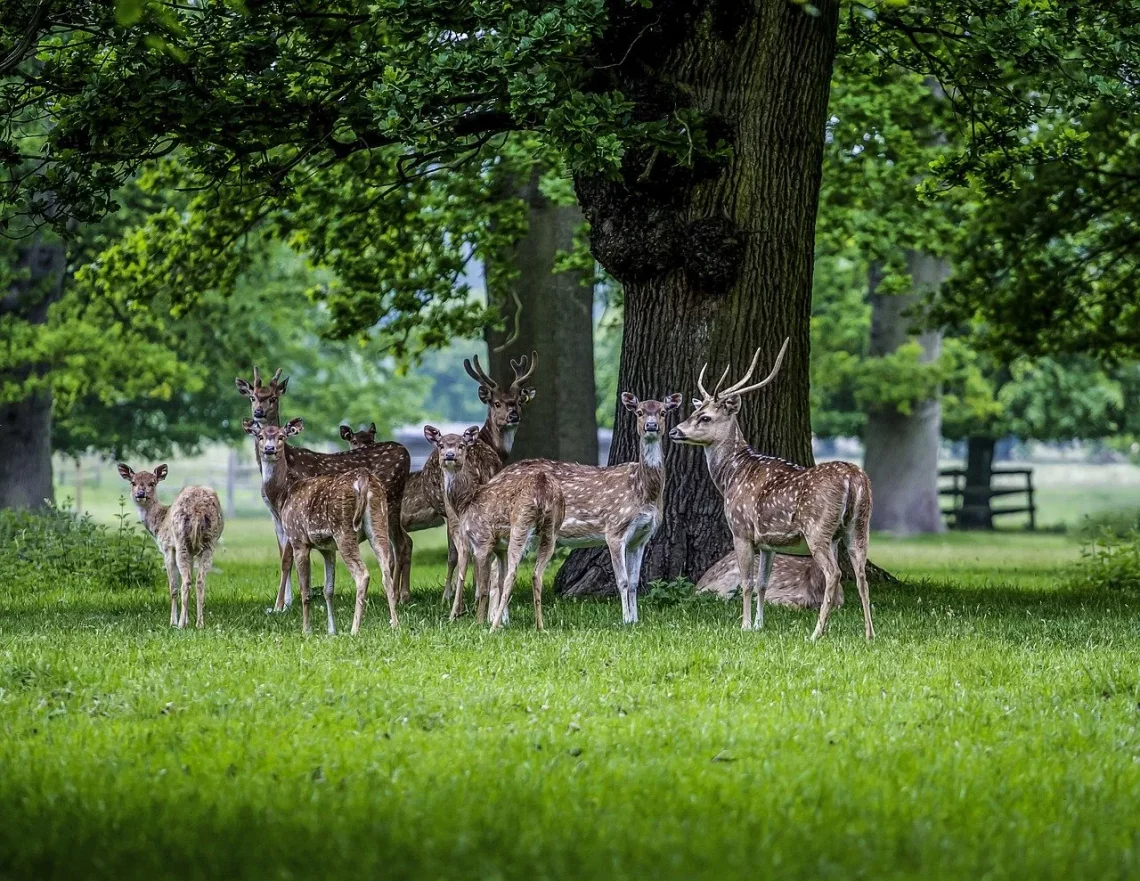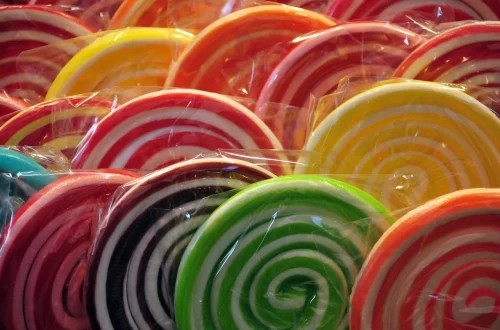
Do Deer Eat Carrots A Comprehensive Guide to Their Diet
Deer are fascinating creatures that roam various landscapes, from lush forests to open fields. These herbivores have adapted to a wide range of environments, leading to a diverse diet that reflects their natural habitat. As browsers, they primarily feed on a variety of plant materials, including leaves, twigs, fruits, and flowers. However, their dietary preferences can vary significantly based on the season, availability of food sources, and even geographical location.
In many regions, deer are often spotted nibbling on garden vegetables and fruits, raising the question of whether they find certain foods appealing. Carrots, for instance, are commonly associated with rabbits; however, it’s worth exploring whether deer are similarly attracted to this vibrant root vegetable. Understanding their dietary habits not only helps in wildlife management but also assists gardeners and farmers in protecting their crops. By delving into the complexities of a deer’s diet, we can gain insights into their nutritional needs and preferences, offering a comprehensive view of what these majestic animals consume in the wild.
Understanding the Deer Diet
Deer are ruminants, meaning they have a complex digestive system designed to break down fibrous plant material. Their diet predominantly consists of leaves, grass, fruits, and nuts, which vary according to the season and available resources. In spring and summer, deer tend to consume a higher amount of green vegetation, including tender shoots and leaves that are rich in nutrients. As the seasons change, their diet shifts, incorporating more woody browse and acorns in the fall and winter months.
The nutritional needs of deer are substantial, as they require a diet rich in protein, carbohydrates, vitamins, and minerals to sustain their energy levels and support their biological functions. During the breeding season, for example, male deer often require increased protein to support antler growth and overall health. Female deer, especially those nursing fawns, also need a nutrient-dense diet to ensure the well-being of their young.
Interestingly, deer possess a diverse palate and will often sample a wide range of food sources. This adaptability allows them to thrive in various environments, from dense forests to agricultural lands. In areas where human activity is prevalent, deer may be drawn to cultivated crops, including vegetables and fruits. This behavior can sometimes lead to conflicts between deer and farmers or gardeners, as these animals seek out easy food sources.
In summary, the diet of deer is complex and adaptable, influenced by seasonal changes and environmental factors. Understanding their feeding habits provides valuable insights for wildlife enthusiasts and those looking to coexist with these animals.
Do Deer Actually Eat Carrots?
Carrots are often considered a delightful snack for many animals, including rabbits and some rodents. However, when it comes to deer, the question of whether they will eat carrots is more nuanced. While deer are known to nibble on various fruits and vegetables, their attraction to carrots can vary based on factors such as availability and their natural dietary preferences.
In general, deer are likely to eat carrots if they come across them. Carrots are sweet, crunchy, and rich in water content, making them an appealing treat. However, it’s important to note that carrots are not a staple in a deer’s diet. They are more likely to consume them if other preferred food sources are scarce. For instance, during harsh winter months when natural forage is limited, deer may be more inclined to investigate gardens or areas where carrots are grown.
That said, feeding deer carrots or any human-provided food is generally not advisable. While it may seem harmless to offer these root vegetables, it can lead to dependency on artificial food sources. This can disrupt their natural foraging behaviors and may cause health issues over time. Moreover, feeding deer can attract them to areas where they might be more vulnerable to predators or vehicle collisions.
In summary, while deer may eat carrots when available, they should not be relied upon as a primary food source. Instead, it’s best to allow deer to forage naturally and maintain their instinctual feeding habits.
Seasonal Feeding Habits of Deer
Deer exhibit distinct seasonal feeding habits that are closely tied to the availability of food sources throughout the year. Understanding these patterns can provide valuable insight into their dietary preferences and behaviors.
In spring, as plants begin to bloom and green up, deer enjoy a variety of fresh vegetation. They are particularly drawn to tender leaves, new shoots, and flowering plants, which provide the necessary nutrients for antler growth in males and lactation in females. This season marks a period of high nutritional demand, and deer are often seen foraging during early morning or late evening hours to maximize their intake.
As summer progresses, deer continue to feast on lush greens, but their diet also expands to include fruits, berries, and nuts. In this season, deer are known to travel further in search of diverse food sources, including garden crops. This is when they become a concern for many gardeners, as they may munch on vegetables like tomatoes, peppers, and yes, even carrots.
When fall arrives, deer shift their attention towards acorns and other hard mast, which provide essential fats and carbohydrates for winter survival. This season is crucial for deer, as they need to build up fat reserves before the cold months. During this time, the focus on high-energy foods becomes paramount, and while they may still consume some green vegetation, their preference leans towards more calorie-dense options.
Winter presents a challenging time for deer, as food becomes scarce. They rely heavily on woody browse, such as twigs and bark, to sustain themselves. During this season, their movements may be restricted due to snow cover, and they are often seen seeking out areas where they can find sheltered food sources. This adaptation to seasonal changes in their diet is vital for their survival in the wild.
Overall, the seasonal feeding habits of deer are a reflection of their adaptability and instinctual behaviors. By understanding these patterns, we can better appreciate the complexities of their diet and how it relates to their environment.
Impact of Human Activity on Deer Diet
Human activity has a profound impact on the dietary habits of deer, particularly as urban development expands and agricultural practices change. As deer adapt to living alongside humans, their feeding behaviors can shift dramatically, leading to both positive and negative consequences.
In suburban and urban areas, deer often find themselves in close proximity to gardens, yards, and agricultural fields. This can result in increased conflicts between deer and humans, as these animals may readily consume crops and ornamental plants. While this can be frustrating for homeowners and farmers, it also highlights the adaptability of deer in seeking out food sources that are easily accessible.
Moreover, the introduction of new agricultural practices has altered the landscape of available food for deer. The planting of certain crops, such as corn and soybeans, has provided deer with high-energy food sources that can attract them to agricultural lands. This can lead to overpopulation in areas where food is abundant, resulting in increased deer-vehicle collisions and negative impacts on local ecosystems.
On the flip side, human efforts to manage deer populations through regulated hunting and habitat conservation can positively influence their diet. By maintaining healthy ecosystems and promoting biodiversity, we can ensure that deer have access to a varied and nutritious diet. Additionally, creating wildlife corridors and preserving natural habitats can help maintain stable deer populations and reduce conflicts with humans.
In conclusion, human activity plays a significant role in shaping the diet of deer. While it can lead to challenges, it also presents opportunities for better wildlife management and coexistence strategies.
This article is for informational purposes only and should not be considered medical advice. For health concerns or dietary issues related to wildlife, please consult a qualified professional for guidance.




